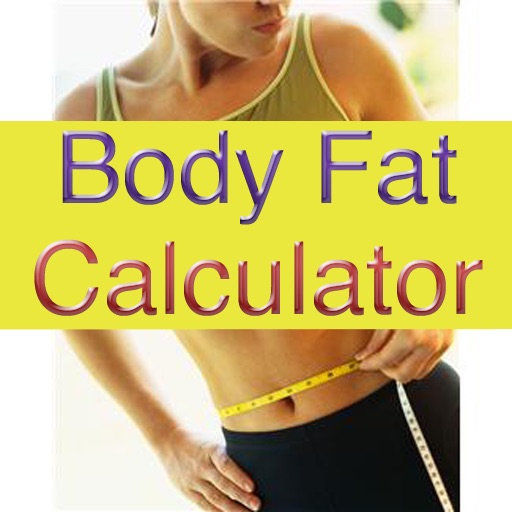

You use the formulas, there are five measurements that are required (not fair, I know):Ģ: Wrist Circumference (measured at the widest point).ģ: Waist Circumference (measured at your umbilicus).Ĥ: Hip Circumference (measured at the widest point).ĥ: Forearm Circumference (measured at the widest point).ġ) Multiply your bodyweight by 0.732. à ((Totalīodyweight - Lean Bodyweight) x 100) divided This final result is your percentage of body fat. Once you get the result divide it by your totalīodyweight. à Resultġ - (Waist Girth x 4.15)= Lean Body Weightģ) Finally, subtract your lean bodyweightįrom your total bodyweight (Total weight-Leanīodyweight). Lean bodyweight (your weight if you had no fat in your body at all). The result obtained after the subtraction is done is your Number obtained in step 1 (ie: Step 1 result-StepĢ result). You get this result, subtract it from the à (BodyweightĢ) Multiply your waist girth by 4.15. You use the formulas, there are two measurements that are required:Ģ: Waist Girth (measured at the umbilicus)ġ) Multiply your bodyweight by 1.082. Need the formula notes below for measurement descriptions) Here to use the formula in an Excel spreadsheet Meanwhile, Hugo offers up the following formula: Here's a lean body mass calculator from the National Institute of Health. Many of us estimate progress by the mirror, the belt or the tightness of the button on the jeans. Of paper, pencil or pen and a calculator."Ī common response in our forum is that this is too complicated.

All you will need is a tape measure, a piece Thing we engineers love are formulas and these I have found toīe pretty accurate to calculate bodyfat.


 0 kommentar(er)
0 kommentar(er)
